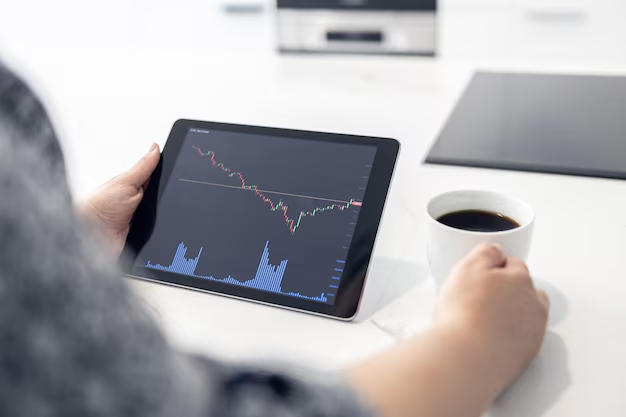How Much Margin Can You Access with Robinhood? Here’s What You Need to Know
When it comes to trading on margin, understanding how much you can leverage through platforms like Robinhood is crucial. Robinhood offers its users margin trading through a feature called Robinhood Gold. This is an attractive option for many traders looking to amplify their investments, but it's essential to grasp the limits and benefits before diving in.
Understanding Robinhood Gold
Robinhood Gold is a premium feature that unlocks the ability to trade on margin. With Robinhood Gold, you can borrow against the securities and cash in your account to trade on margin, effectively giving you more buying power. However, there are a few key points to know about how this works:
Eligibility Requirements: To qualify for Robinhood Gold, you need to have:
- A minimum portfolio value of $2,000, not including any borrowed funds.
- An account in good standing with Robinhood.
- Good financial practices, such as not being in recent bankruptcy.
Interest Rates and Fees: Robinhood charges a flat monthly fee for access to Gold, starting from $5, which includes $1,000 of margin. Beyond this, any margin used over $1,000 incurs an interest rate, currently fixed at 7.5% as of the latest update.
Margin Limits: The amount of margin you can use with Robinhood Gold starts at the $1,000 automatic access given with the monthly fee. Additional leverage depends on your portfolio's value and risk assessments performed by Robinhood.
The Benefits and Risks of Using Margin
While margin trading can significantly increase your buying power, it also introduces higher risks:
Increased Potential for Returns: Using margin allows you to potentially earn more in the stock market than you could with only your cash. If your investments rise, your returns could be significantly higher because you have more on the line.
Increased Risk of Losses: If your investments decrease, you can end up losing more than your initial investment. It's crucial to monitor your positions closely and be prepared for possible margin calls, where Robinhood could require you to deposit more funds or sell off securities to meet the minimum account requirements.
Exploring Other Financial Resources
Not everyone may find margin trading suitable, especially given the risks involved. It's wise to consider other financial resources and tools that can help you achieve your financial goals without high-risk exposure:
Government Aid Programs: Depending on your situation, programs are available to assist with housing, healthcare, and more.
Debt Relief Options: If you're struggling with debt, consider exploring debt consolidation or settlement services to lower your financial burden.
Credit Card Solutions: Balance transfer offers or low-interest credit cards can be beneficial if you need liquidity but want to avoid high fees.
Educational Grants and Scholarships: Investing in your education can be a low-risk path to improving your financial situation. Many grants and scholarships are available based on various criteria.
As you reflect on margin trading with Robinhood and other financial strategies, make sure to weigh the benefits against the risks. Informed decisions will always serve you best, whether you're seeking immediate financial relief or long-term investment growth.
Financial Resources and Assistance Programs 🏦📚
Housing Assistance Programs 🏠
- Section 8 Housing Choice Vouchers
- Emergency Rental Assistance
Educational Opportunities 🎓
- Pell Grants
- Federal Work-Study Programs
Debt Relief and Management 💳
- Credit Counseling Agencies
- Debt Consolidation Loans
Healthcare Aid 🏥
- Medicaid and CHIP
- Medicare Savings Programs
Evaluating these options can lead to discovering avenues that best align with your financial needs, optimizing both safety and growth in your journey.

- When Does Robinhood Send 1099
- Does Robinhood Pay Dividends
- How Do i Add Funds To My Etf In Robinhood
- How To Transfer Robinhood To Fidelity
- Is Fidelity Brokerage Same As Robinhood
- Can You Trade Forex On Robinhood
- Does Robinhood Have Index Funds
- Does Robinhood Have Mutual Funds
- Why Am i Not Eligible For Options Trading On Robinhood
- Which Apps Can You Do Options Trading Besides Robinhood